ITRC PFAS Beyond the Basics: Topics on PFAS Biosolids: Sources, Transport, and Management of PFAS Surface Releases Training
Sponsored by: Interstate Technology and Regulatory Council
This training class builds on the earlier information for introductory PFAS topics presented in the PFAS 101 CLU-IN training. The ITRC PFAS Beyond the Basics class provides more information related to potential sources of PFAS in biosolids, implications of PFAS associated with land-applied biosolids, vadose zone fate and transport processes that likely govern biosolids releases, treatment/disposal options for PFAS-impacted biosolids, and regulatory considerations.
Resources and further details for the topics included in this training are in the published PFAS-1 guidance document in Sections 2, 4, 5, 8, 10, 12, and 17.3, and the Regulatory Programs Table.
Learning Objectives:
- Biosolids and PFAS Fate and Transport in the Vadose Zone
- Source Zone Characteristics
- Vadose Zone Controls on Mobility
- Field Scale Fate, Transport and Uptake
- Characterization and Treatment
- Additional Biosolids Considerations and Summary
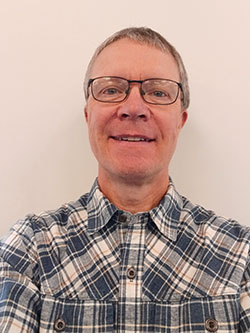 Chris Evans, ME DEP (gordon.c.evans@maine.gov)
Chris Evans, ME DEP (gordon.c.evans@maine.gov)
Chris Evans is a Senior Environmental Hydrogeologist at the Maine Department of Environmental Protection, where he has over 20 years' experience providing technical review and oversight of hazardous waste investigations and remediation projects, primarily under the DoD/CERCLA and RCRA programs. Since 2016 he has served as a primary technical lead for PFAS at Maine DEP. Chris has a BS in geology from Tufts and an MS in Geological Science from the University of Maine, and prior to the DEP worked in environmental consulting and at environmental laboratories in Maine and Michigan. Chris has been a member of the ITRC PFAS team since its beginning in 2017.
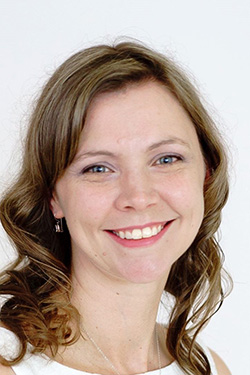 Sarah LaRoe, Ph.D., Anchor QEA (slaroe@anchorqea.com)
Sarah LaRoe, Ph.D., Anchor QEA (slaroe@anchorqea.com)
Sarah LaRoe, Ph.D., is a Managing Environmental Scientist at Anchor QEA, LLC in Saratoga Springs, NY. She specializes in chemical fate and transport in contaminated systems, remedial dredge design, and the evaluation of remedial outcomes. She has worked on multiple Superfund cleanup projects, including the Hudson River Dredging Project, the Grasse River Superfund site, and developed CSMs for many PFAS sites. She has been a contributing member of the ITRC PFAS Team since its inception in 2017, focusing on the development of material on the physical and chemical properties of PFAS. Dr. LaRoe received her doctorate from Rensselaer Polytechnic Institute in Environmental Engineering, focusing on microbial bioremediation of recalcitrant contaminants.
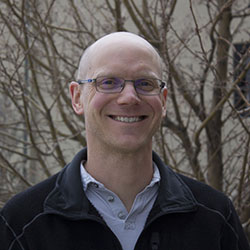 Mitch Olson, Ph.D., PE, Trihydro (MOlson@trihydro.com)
Mitch Olson, Ph.D., PE, Trihydro (MOlson@trihydro.com)
Dr. Olson serves as Trihydro's Emerging Contaminants Director and has 23 years of professional experience in consulting and academia. His role involves providing technical guidance on PFAS projects, coordinating PFAS training events within and outside of Trihydro, delivering technical presentations and webinars, and participating in professional organizations (including ITRC's PFAS team). He also provides technical input on projects involving groundwater and soils impacted with hydrocarbons and chlorinated solvents, including monitored natural attenuation (MNA), natural source zone depletion (NSZD), and active remediation systems. Mitch has a B.S. degree in chemical engineering from the University of Minnesota Duluth and received his M.S. and Ph.D. degrees in environmental engineering from Colorado State University (CSU). Dr. Olson maintains Affiliate Faculty status at CSU and is registered as a Professional Engineer in multiple states.
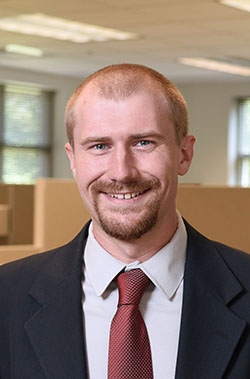 Harrison Roakes, PE, Sanborn Head & Assoc. (hroakes@sanbornhead.com)
Harrison Roakes, PE, Sanborn Head & Assoc. (hroakes@sanbornhead.com)
Harrison is an environmental engineer and senior project manager with Sanborn Head. He has broad experience in soil and groundwater investigations, and he presents and publishes regularly on statistical analysis of environmental data and subsurface contaminant transport and fate. He is experienced with PFAS investigations and has been involved with PFAS characterization and data analysis at over 25 PFAS-impacted sites, including state-wide background soil studies in Vermont and Maine and multiple projects evaluating PFAS leaching from soil. He holds a B.S. and M.S. in Environmental Engineering from the University of New Hampshire, and he is a registered Professional Engineer in several states.
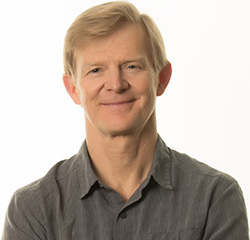 Angus McGrath, Stantec (Angus.McGrath@stantec.com)
Angus McGrath, Stantec (Angus.McGrath@stantec.com)
Angus McGrath serves as Stantec's US Environmental Services Technical Lead for PFAS and has more than 25 years of experience working in environmental geochemistry focusing on fate and transport and in situ remediation. Angus has a bachelor's degree in chemistry from Hamilton College, a PhD in Soil Science (Chemistry) from UC Berkeley and served as a postdoctoral fellow at Lawrence Berkeley National Laboratory. Angus currently serves on the ITRC PFAS Team in the fate and transport subgroup and work with clients in various industries (oil and gas, airports, landfill leachate, metal recycling, metal finishing, electronics manufacturing, etc.) on PFAS, metals and solvent related projects.
Fabio Iwashita, NY DEC
Moderator:
ITRC Training Program (itrc@itrcweb.org)
Webinar Slides and References:
Additional Resources:
- These materials will be available by
Thank you for participating in our webinar. We would like to receive any feedback you might have that would make this service more valuable.
Help & FAQs
- Frequently Asked Questions
- Content Questions?
Call ITRC Training Program at 202-266-4932 or itrc@itrcweb.org - Technical Problems?
Leave us a comment - Cancel Your Registration
- My Participation Records
- CEU Credits and PDHs
Zoom Resources
Before Webinar Day
This seminar will be delivered through Zoom. Participants are encouraged to update to the latest version of the Zoom application for the best experience.
If you are unable to install the Zoom application, most functions will be available if you join just using a modern web browser such as Chrome, Edge or Firefox. We strongly encourage you to run the Zoom Meeting Test prior to attending this webinar. Technical support on the day of the webinar will be very limited and subject to significant delays.
Backup Conference Call
If you cannot participate using online audio, you may join the optional call in line. After checking in for the live event using the instructions listed below, you will see several options to participate. Please click the links in option 4 to follow along by phone and obtain the call in number. If you cannot access the phone number, you may request the call in line from the event moderator in the Q&A or send an email to Jean Balent at balent.jean@epa.gov
Click on "Join Webinar" at the top of this screen, enter your exact first and last name as you registered and enter the number of people attending at your location (including yourself). You should then be taken to the Zoom meeting room. Join with Zoom Application: For those joining with the Zoom application, you may be prompted to sign with a zoom account or join as a guest without signing in.
If joining as a guest, you will be prompted to enter your name and email address. Remember your name, image, video or voice may be visible to others in the live event. When done, click "Join" When it is time for the live event to start, the meeting host will admit you to the live Zoom meeting. Join via web browser (without the Zoom Application): For those joining with a web browser, you may close any pop ups prompting you to download the Zoom app. The next window will allow you to enter your name (first name and last name) and check the box that you are not a robot. Click the blue join button. You may also be asked to provide your email address before joining the room. Remember your name, image, video or voice may be visible to others in the live event. When done, click "Join" When it is time for the live event to start, the meeting host will admit you to the live Zoom meeting. You may need to periodically refresh the browser window to confirm if the host has admitted you. The presenters will control what slide you are viewing. You may submit questions online for the instructors to answer during the webinar by typing in the "Q&A" area. It is not necessary to wait until the question and answer periods to submit questions. At the end of the webinar you will be guided to our feedback form and links to additional resources, including the complete presentation. These links will remain active after the webinar. Provided for your convenience. Importing or accepting the invitation within this iCalendar file is not required, and declining the invitation does not cancel your registration. For additional information on iCalendar, please see our
iCalendar Help It is EPA's policy to make reasonable accommodation to persons with disabilities wishing to participate in the agency's programs and activities, pursuant to the Rehabilitation Act of 1973, 29 U.S.C. 791. Any request for accommodation should be made to at or , preferably one week or more in advance of the seminar, so that EPA will have sufficient time to process the request. EPA would welcome specific recommendations from requestors specifying the nature or type of accommodation needed. EPA welcomes specific recommendations from requestors specifying the nature or type of accommodation needed. Please note that CLU-IN provides both alternate phone call-in options and closed captioning for all webinars, and requests for these specific accommodations are not necessary.
Webinar Day, Checking In
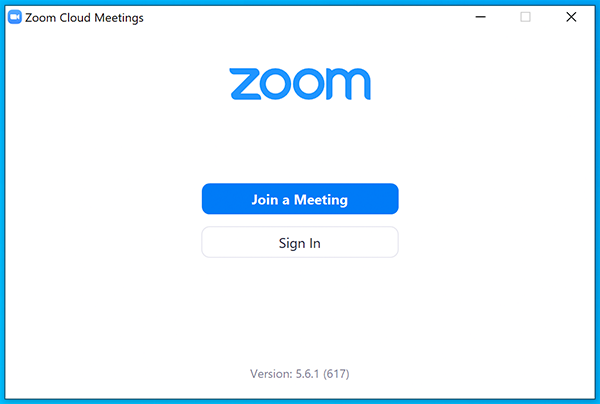
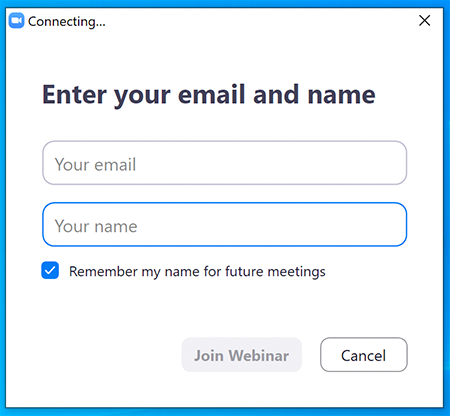
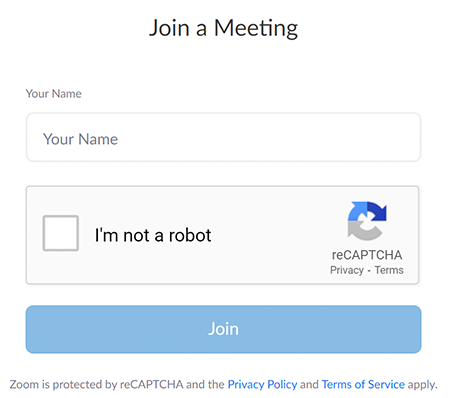
Moving Through Slides
Feedback & Links to Additional Resources
iCalendar File
Rehabilitation Act Notice for Reasonable Accommodation
Rehabilitation Act Notice for Reasonable Accommodation
It is EPA's policy to make reasonable accommodation to persons with disabilities wishing to participate in the agency's programs and activities, pursuant to the Rehabilitation Act of 1973, 29 U.S.C. 791. Any request for accommodation should be made to at or , preferably one week or more in advance of the webinar, so that EPA will have sufficient time to process the request. EPA would welcome specific recommendations from requestors specifying the nature or type of accommodation needed. EPA welcomes specific recommendations from requestors specifying the nature or type of accommodation needed. Please note that CLU-IN provides both alternate phone call-in options and closed captioning for all webinars, and requests for these specific accommodations are not necessary.
Webinar Recording
By participating in this CLU-IN webinar, you automatically agree to authorize recording of audio and visual content presented during this live event and consent to subsequent use of this recording in the public domain by the U.S. Environmental Protection Agency. This recording may include questions, comments and poll responses provided by you during the live event in addition to your name, voice, image or likeness. This recording will be made available after the conclusion of the live event as part of the CLU-IN webinar archives, and will remain available indefinitely. If you do not wish to consent to the recording, please do not join the live event, and contact Jean Balent at 202-566-0832 or balent.jean@epa.gov to discuss your concerns.
Content Disclaimer
This webinar is intended solely to provide information to the public. The views and opinions expressed as part of this webinar do not necessarily state or reflect those of the U.S. Environmental Protection Agency. It is not intended, nor can it be relied upon, to create any rights enforceable by any party in litigation with the United States, or to endorse the use of products or services provided by specific vendors. With respect to this webinar, neither the United States Government nor any of their employees, makes any warranty, express or implied, including the warranties of merchantability and fitness for a particular purpose, or assumes any legal liability or responsibility for the accuracy, completeness, or usefulness of any information, apparatus, product, or process disclosed, or represents that its use would not infringe privately owned rights.

